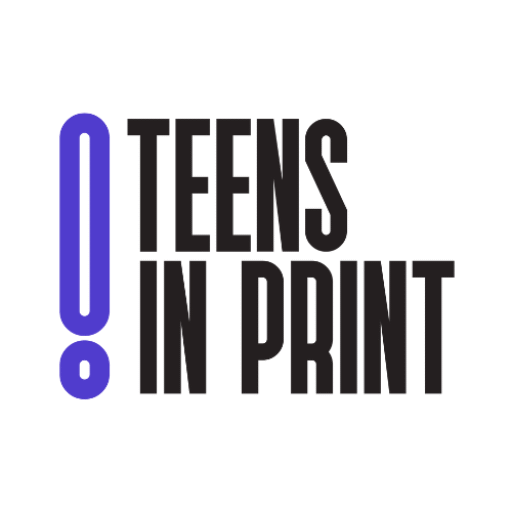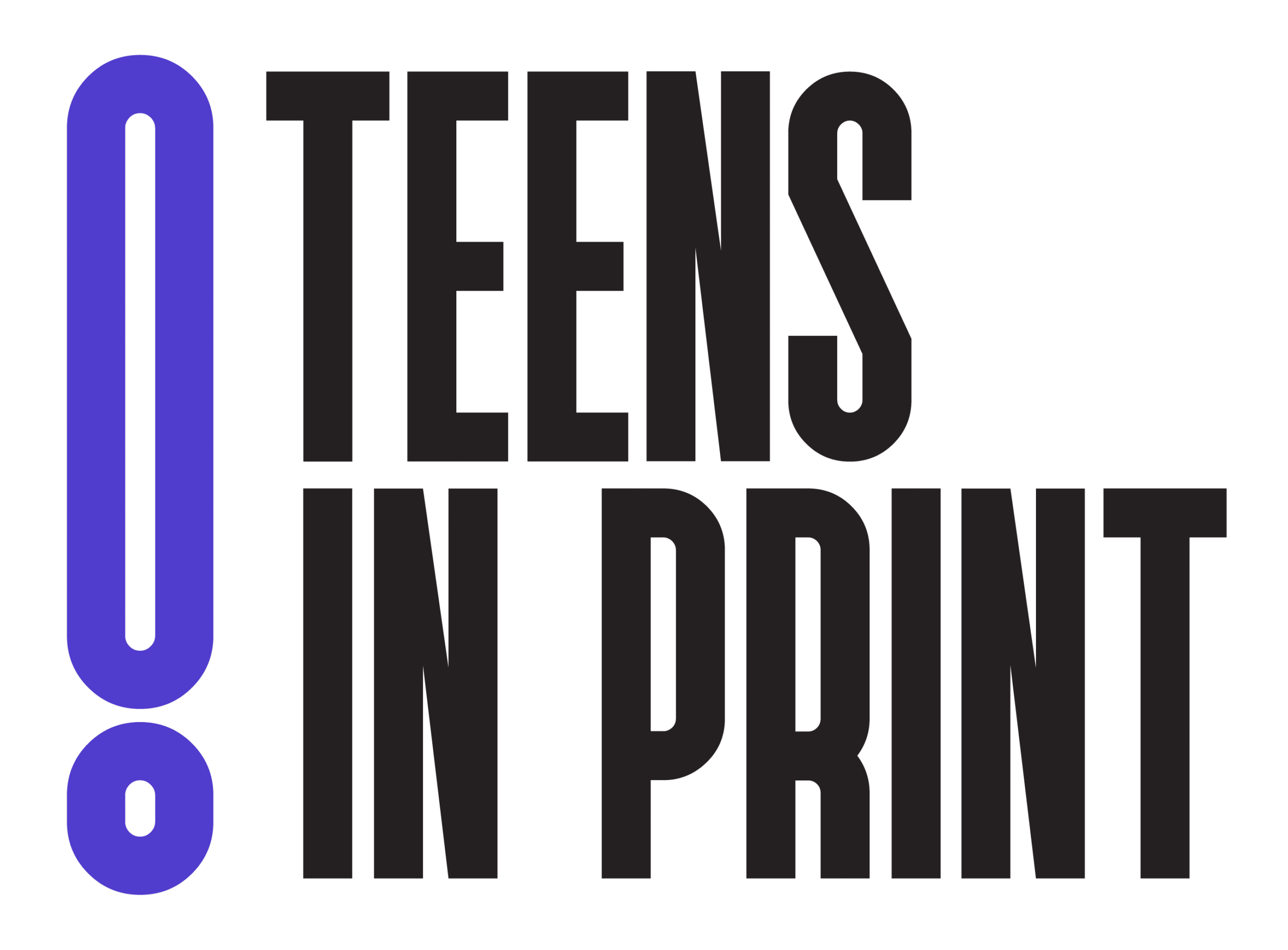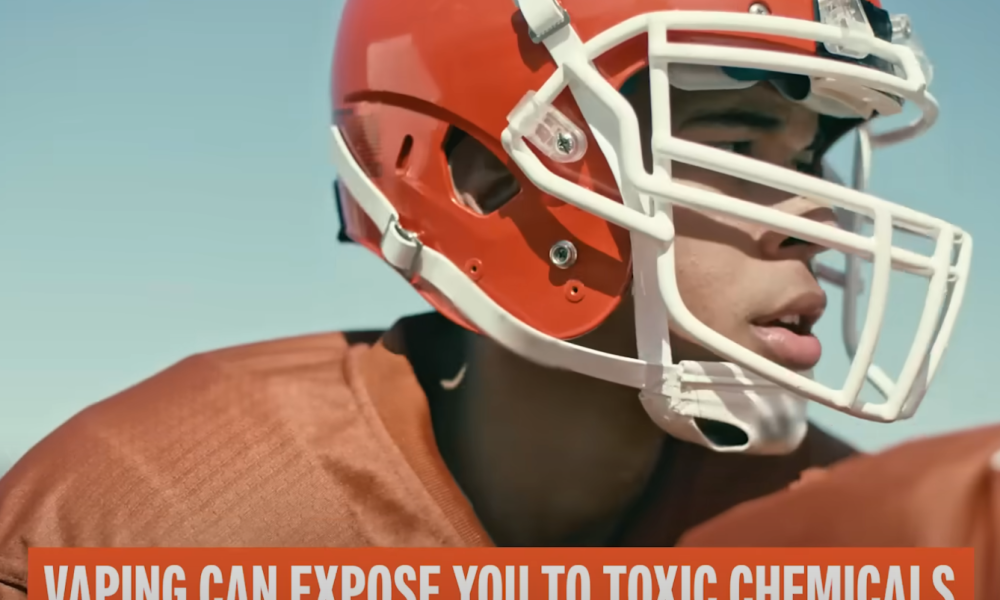Why Today’s Anti-Vaping Ads Don’t Work
Since the invention of the first e-cigarette in 2003, the number of teens using vapes have slowly risen. Reports by the CDC show that 7.7% of teens in the US vape. This number is concerning and associations like The Real Cost and Truth Social have been working hard to encourage teens to not vape. The question is, do these campaigns really work? I believe that the current efforts of anti-vaping campaigns are not relatable to teens and are unintentionally comedic for a very serious subject.
Have you seen the old 1990’s anti-smoking ads had a bunch of catchy slogans, cool cameos, and the sometimes creepy messages delivered by with the people with holes in their lungs? Yeah those, those ads worked. I mean, I would be petrified if someone with a hole in their body was telling me to quit vaping (if I did). Unfortunately, today’s ads are nothing like this. A couple years after the rise of vaping, the government finally started to catch on and put out a bunch of anti-vape ads with horrible slogans like “there’s no vape in team”, and “teens can be vaping toxic chemicals? Yeesh!!” Maybe these people making these ads are like 50 years old because these messages are NOT getting through to teens. Maybe a child would be persuaded, but these ads are too unrelated to the reality of vaping and are ineffective because of that. After reading this article, you will agree that we need to change the tactics used to get teens to quit.
Too short and too confusing
When I interact with anti-vaping ads, they come across as confusing and often include subjects that are not related to vaping, making it hard to take them seriously. Understandably these ads are placed on short form social media platforms such as Snapchat or TikTok, which host 456,000,000 and 250,000,000 teens individually, making them ideal places to market to teenagers. However, in my experience, the clips in short-form content are too brief to actually get in all the necessary or relevant information needed to actually persuade people who vape to quit. If these ads were long enough to actually list the side effects of having that “metal in your lungs,” maybe they would actually be worth the money spent on creating a huge VFX vape monster. (Ex: metal monster anti-vape ad)
No Teen voices, just adults telling you what to do
For ads claiming to be targeted at teens, there are too many adults telling you to quit instead of other teenagers. These adults are in no position to make any kind of demands from us. I mean, I know when my parents tell me to do something I am more likely to do the exact opposite of what they are saying, and I also know that when my friends tell me the same things, I am definitely going to do them. So why not cast some actual teen actors to play the teens instead of adults? Even when teens are cast, it’s still totally obvious that the anti-vaping campaigns put out by the government are being created by adults working for the government. (Ex: There’s No Vape In Team) When teens can tell that adults made these campaigns, the ads end up working in the opposite direction, backfiring right in the government’s face by being made fun of on the internet in memes or jokes. (Ex: Venom on Vaping) The whole time the people that are supposed to be helped by the ads are too busy laughing at them to even pay attention to what they are saying or what the message is.
They are targeted at the wrong things
These ads aren’t just confusing and vain, but they are also completely targeted at the wrong thing. According to the National Library of Medicine, whenever a teen vapes, it is probably not the only drug that they use, so targeting millions and millions of dollars towards just vaping alone is a really big waste of resources for them. Instead of only arguing against vaping, they should also be providing arguments against all other sorts of substances that can be inhaled such as marijuana vapes as well. When adults hear the word “vape” they usually think of the chargeable nicotine sticks, but there are a whole other array of inhalable drugs that can also be pretty harmful to teens that are not being covered by these campaigns. If these things are not covered, the teens using the other devices will not see the risks associated with theirs as well. These ads should cover all devices instead of just one to benefit everyone.
They give no solutions
According to The National Library of Medicine, the average teen’s attention span is usually only 76 seconds, (thanks TikTok), so the best way to get a message through is to put all of the necessary information including solutions in one ad. For some reason all of the valuable time in advertisements is reserved for material that barely relates to the subject of vaping. These anti-vape campaigns are also lacking in the solution department. While the websites the ads direct you to do actually have some very meaningful and helpful insight into how to quit vaping, the ads themselves are just very un-helpful in providing anything of use other than a link.
The fact is that the 90’s the fear tactics and weird imagery actually made a difference. According to the Center for Disease Control, the rate for 90’s smoking prevention advertisements were actually 1% better than their modern anti vaping counterparts. And while that one percent figure may not sound like a lot, these ads have been seen by hundreds of millions of people combined, so that figure actually represents a very large group of people. Additionally, a 1993 study by The National Library of Medicine said by “applying the 6.7 percentage to the number of Californians who quit smoking during 1990-91, it is possible to estimate that for 33,000 former smokers, anti-tobacco media advertisements played at least some part in their decision to quit.” https://www.ncbi.nlm.nih.gov/pmc/articles/PMC1403416/ With these stats in mind, maybe we should start taking notes from the last decade if we actually want to get people to quit their nasty habits and start living better lives.
A lot of people that I know vape, and I know a lot about why it’s bad to do so, but not everybody does. Ever since 2003 when the first e-cigarette was invented, the number of people who vape has climbed exponentially, while the tactics we use to stop vaping have changed for the worse, leading to way more people unconvinced that vaping is bad and continuing to vape.










